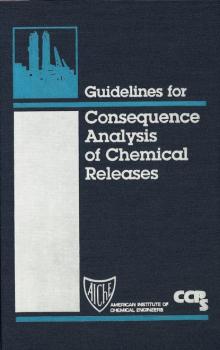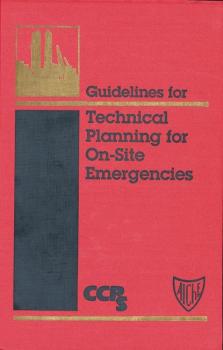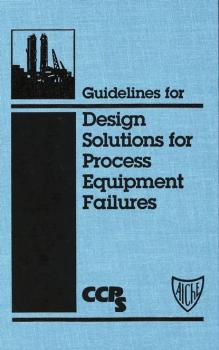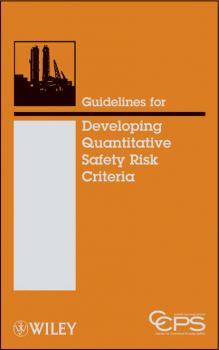ТОП просматриваемых книг сайта:
CCPS (Center for Chemical Process Safety)
Список книг автора CCPS (Center for Chemical Process Safety)Аннотация
Информация о книге
Автор произведения CCPS (Center for Chemical Process Safety)
Guidelines for Chemical Process Quantitative Risk Analysis - CCPS (Center for Chemical Process Safety)
Аннотация
Информация о книге
Автор произведения CCPS (Center for Chemical Process Safety)
Аннотация
Информация о книге
Автор произведения CCPS (Center for Chemical Process Safety)
Guidelines for Consequence Analysis of Chemical Releases - CCPS (Center for Chemical Process Safety)
Аннотация
Информация о книге
Автор произведения CCPS (Center for Chemical Process Safety)
Guidelines for Technical Planning for On-Site Emergencies - CCPS (Center for Chemical Process Safety)
Аннотация
Информация о книге
Автор произведения CCPS (Center for Chemical Process Safety)
Guidelines for Design Solutions for Process Equipment Failures - CCPS (Center for Chemical Process Safety)
Аннотация
Информация о книге
Автор произведения CCPS (Center for Chemical Process Safety)
Guidelines for Developing Quantitative Safety Risk Criteria - CCPS (Center for Chemical Process Safety)
Аннотация
Информация о книге
Автор произведения CCPS (Center for Chemical Process Safety)
Guidelines for Pressure Relief and Effluent Handling Systems - CCPS (Center for Chemical Process Safety)
Аннотация
Информация о книге
Автор произведения CCPS (Center for Chemical Process Safety)
Guidelines for Writing Effective Operating and Maintenance Procedures - CCPS (Center for Chemical Process Safety)
Аннотация
Информация о книге
Автор произведения CCPS (Center for Chemical Process Safety)
Аннотация
Информация о книге
Автор произведения CCPS (Center for Chemical Process Safety)










